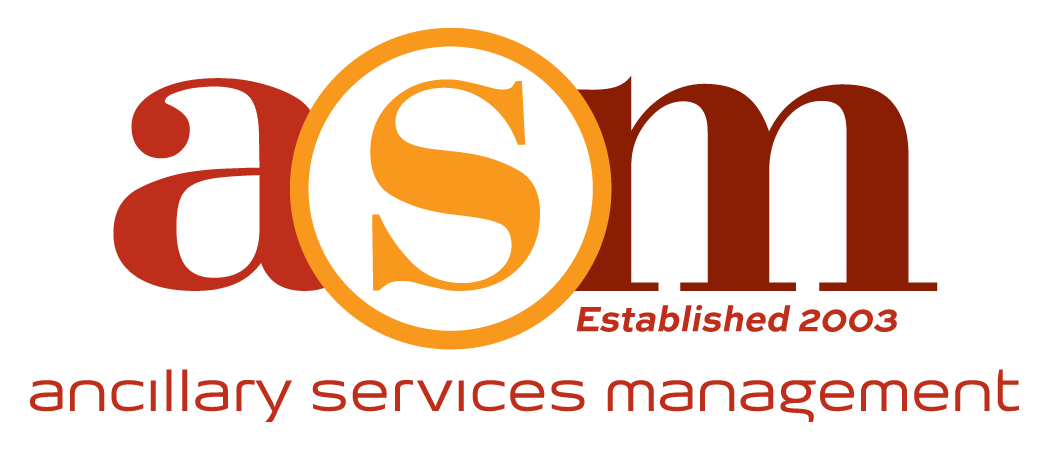Just as a “Cat 5” hurricane packs the most wallop, missing out on key ancillary service opportunities could have a devastating impact on your bottom line. ASM’s, Andrew Smith, developed five categories or “5 Cats” of multifamily ancillary services to help ensure your bottom line doesn’t take a hit.
Are you taking advantage of all “5 Cats”? Check them out to see how your community measures up.
1. Partner Marketing – Partner marketing is when you agree to promote a company to your residents in return for revenue or service discounts. This goes primarily for telecom and cable company service agreements. Any community over 75 units should investigate this option if they do not have a marketing and access agreement in place.
Other options are furniture rental stores, fitness clubs and training services, and pet walking services. Retail stores in your neighborhood also may provide opportunities. This is one of the most productive categories, with some communities generating more than $110/unit per year.
2. Accessorizing – This is when you physically install a product or set up a service at your community. Prominent examples are ATMs, vending machines, and common area laundry rooms. In return for the use of this space, providers pay rent, revenue share or commissions.
3. Space Reallocation – This is when you take an existing under-used space and repurpose it. For example, you can create a car wash/vacuum or car charging area, or pet washing station. This also includes storage lockers or reserved parking. You can then apply a charge for residents who use those amenities.
4. Non-resident Use – This option is not talked about frequently, as it isn’t available at all locations. It is more common in urban or dense areas, or in communities adjacent to traffic arteries. A provider pays to use space on your property for an application not intended solely for residents. Some examples are billboards or roof top cellular antennas.
Before they renovated Wrigley Field, property owners received significant revenue for billboards and seating for games. Opportunities in this category, don’t directly benefit residents but you garner revenue, which can help keep rent rates more affordable.
5. Expense Reduction – There are a lot of areas to mine in this category, the broadest category, because virtually anything you purchase can be included here. Some of the most common examples are utility submetering, trash services, reduced cost of paint and supplies. This is where you perform regular reviews of existing contracts to investigate possible volume discounts or better rates or service by changing vendors.
If your community or portfolio is not taking advantage of all “5 Cat’s”, you are missing out. Start with a review of what you are doing today and see if you are participating in all categories. And if you need help from a company focused 24/7 on ancillary services, contact us at ASM or email Andrew Smith.
This article is an excerpt from a podcast, Ancillary Services w/Andrew Smith from a series, Student Housing Insight, put on by Wesley Deese, owner of Providential Student Housing. In the podcast, Ken Miller with Buyers Access, and Andrew Smith with ASM, discuss how student housing managers should be thinking about both expense savings and opportunities of other revenue sources for their properties.
